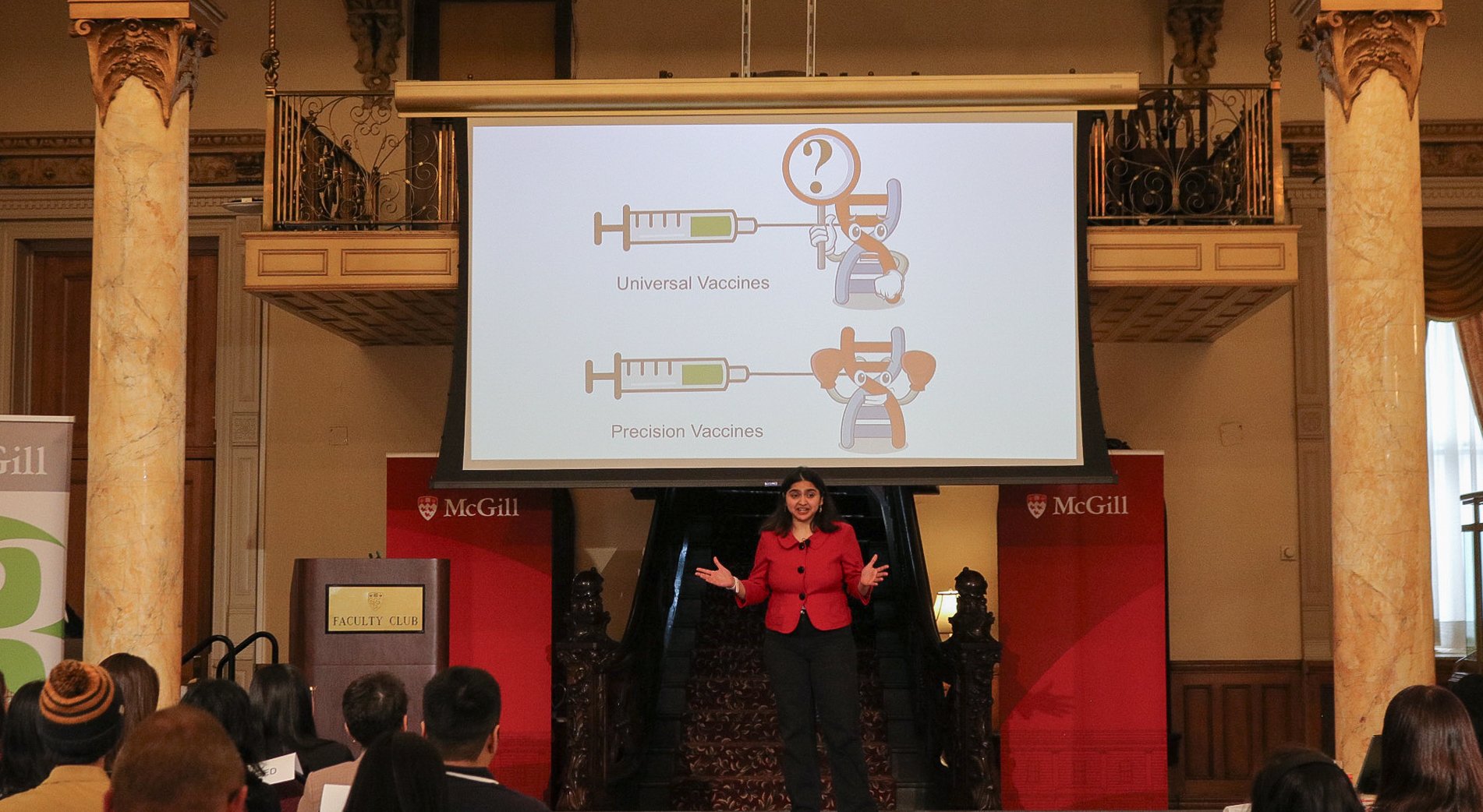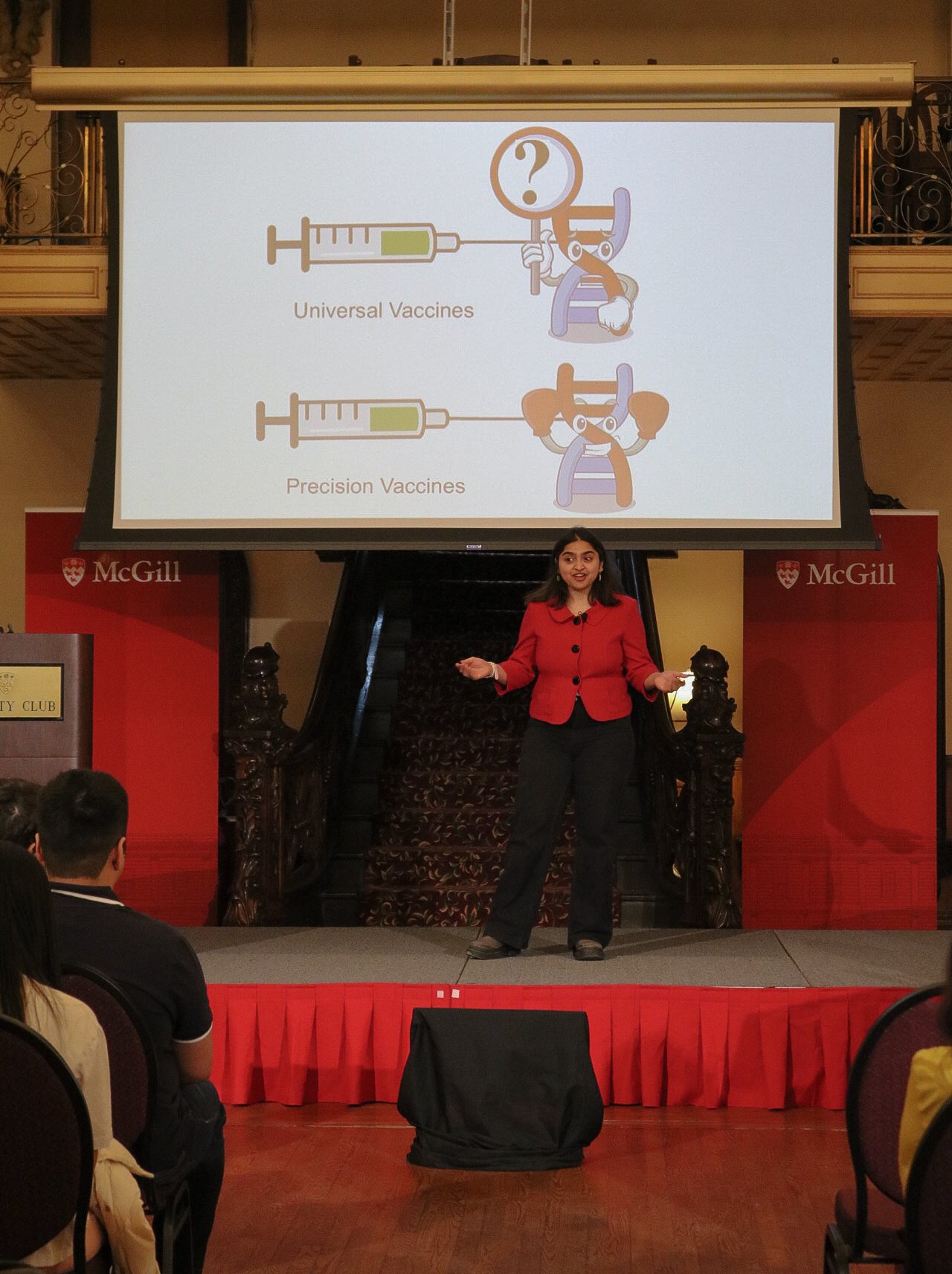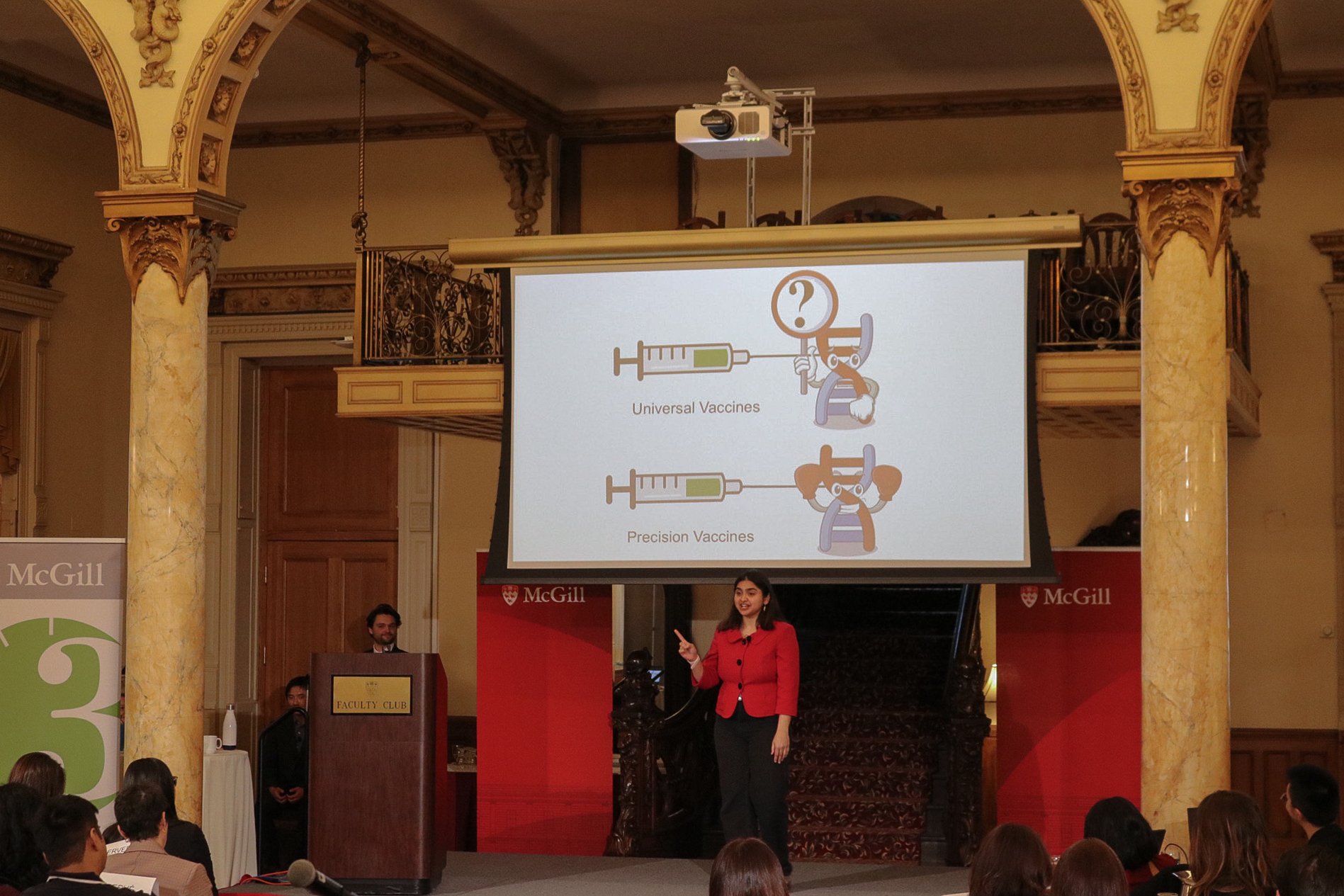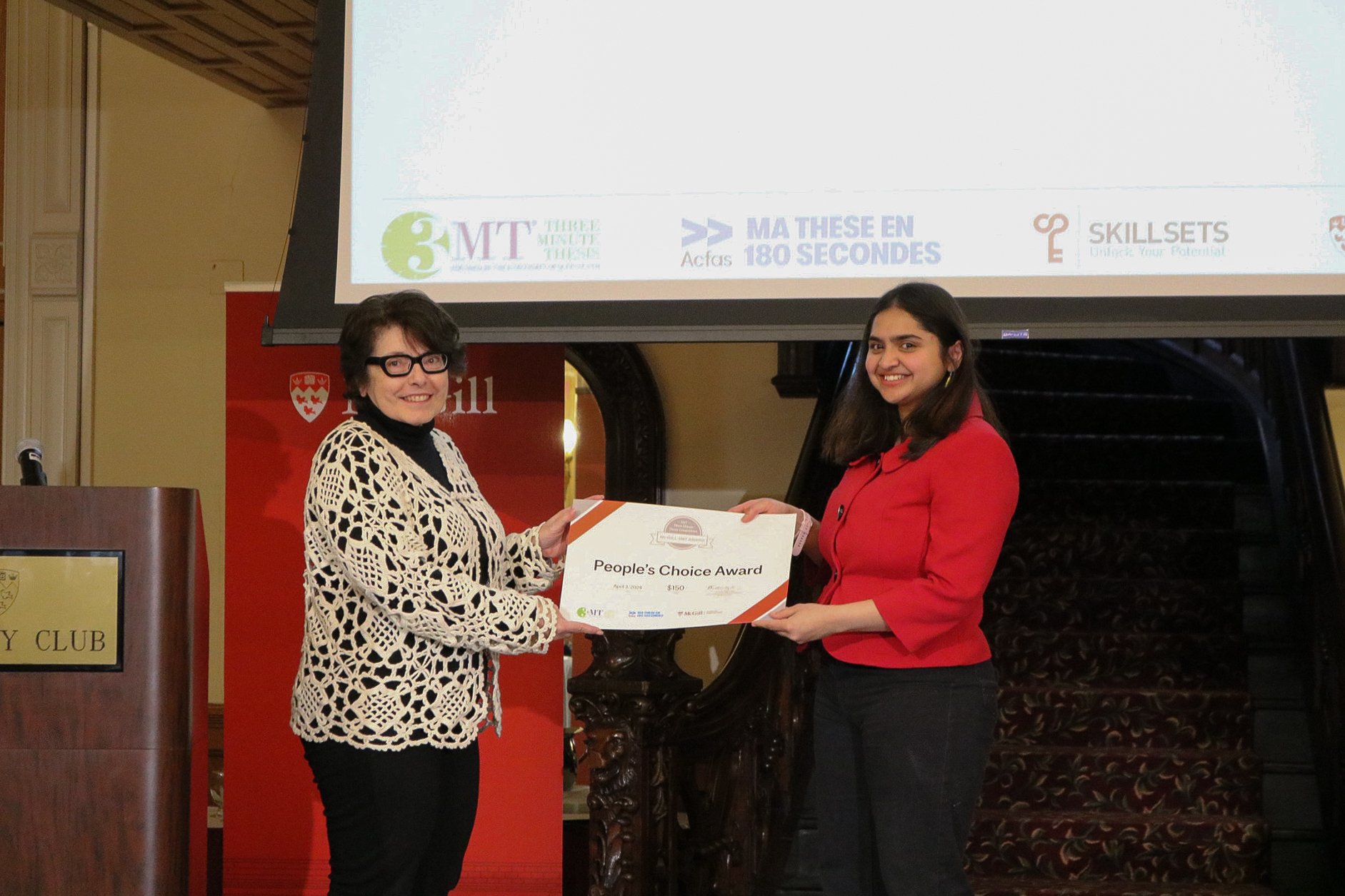Congratulations to Chen-Yang Su, PhD student of the McGill CERC in Genomic Medicine for winning the Best poster presentation at the Healthy Brains Healthy Lives (HBHL) Symposium on May 8-9, 2024 !
You will find the abstract of his presentation below:
Authors
Chen-Yang Su, Sirui Zhou
Proteomics and metabolomics integration uncovers molecular signatures associated with neuroprotective signatures in post-acute SARS-CoV-2 infection
Introduction: Post-acute sequelae SARS-CoV-2 (PASC) is an emerging public health concern with heterogeneous manifestations. Among PASC symptoms, long-term neurological manifestations are particularly debilitating. Their molecular underpinning remains poorly understood. Here, we combined proteomics and metabolomics to address this issue.
Methods: Proteomic and metabolomic data were generated for 1,234 individuals from the Biobanque Québécoise de la COVID-19 (BQC19), which followed COVID-19 patients over two years. After quality control, 4,984 proteins and 943 metabolites were retained for analysis. Using 689 clinical entries from the BQC19, we defined broad neurological PASC (BNP) as any neurological manifestations, whereas refined neurological PASC (RNP) was defined as neurological complications that either recently appeared or deteriorated due to COVID-19. We then fitted single biomarker logistic regression models while adjusting for age at diagnosis and sex to determine the association of each protein or metabolite with BNP or RNP.
Results: A total of 381 and 65 cases with both proteomics and metabolomics data met our definition of BNP and RNP and were compared with 535 and 713 controls, respectively. A total of 1,416 and 734 proteins were found significantly associated with BNP and RNP, respectively, with 544 overlapping proteins. In addition, 158 and 130 metabolites were found significantly associated with BNP and RNP, respectively, with 53 overlapping metabolites. In particular, we identified phosphatidylethanolamine-binding protein 1 (PEBP1) as being protective against BNP (OR (95% CI) = 0.76 (0.66-0.87), FDR p = 0.002) and RNP (OR (95% CI) = 0.61 (0.46-0.81), FDR p = 0.014). Interestingly enough, previous studies suggested downregulation of PEBP1 may lead to Alzheimer’s disease. Moreover, PEBP1 functions as an enzyme for 1-palmitoyl-2-docosahexaenoyl-GPE, a phosphatidylethanolamine (PE) whose impairment may lead to neurodegenerative disorders, which is concordant with our finding that increased circulating PE is associated with decreased neurological PASC risk (BNP: OR (95% CI) = 0.78 (0.68-0.90), FDR p = 0.01; RNP: OR (95% CI) = 0.56 (0.41-0.75), FDR p = 0.006).
Conclusion: Here, we used an integrative bi-omics approach combining proteomics and metabolomics to provide new insight into the pathophysiological mechanisms underlying neurological PASC risk which, possibly, could point to new ways to treat this condition.
















